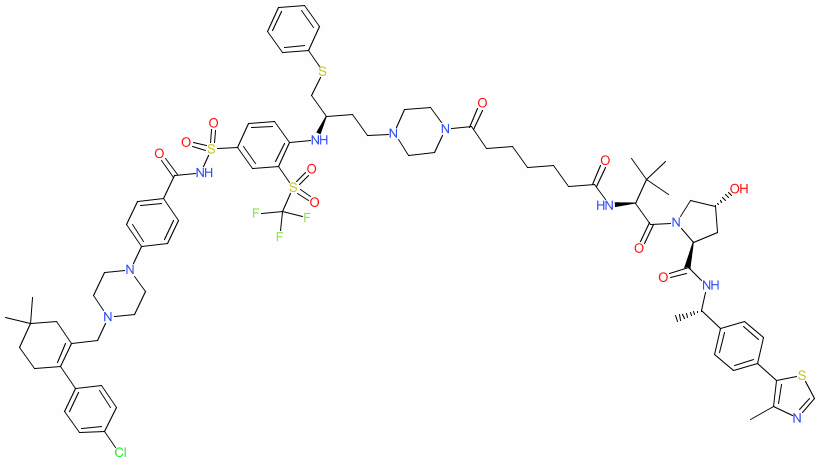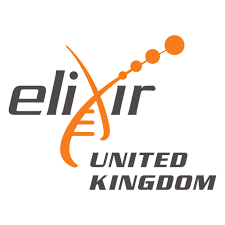|
Synonyms: DT-2216
Compound class:
Synthetic organic
Comment: DT2216 is a clinical stage PROTAC type protein degarder. It targets the BCL-XL protein (an anti-apoptotic protein that is overexpressed by some cancers) for degradation via the Von Hippel-Lindau (VHL) E3 ligase, and was developed for potential antitumour activity [2,4]. In vivo (in mice), The target protein binding moiety is based on the BCL-XL protein antagonist navitoclax (ABT-263) [2]. Since VHL is poorly expressed in platelets, DT2216 is significantly less toxic to platelets than parental navitoclax.
|
|
|||||||||||||||||||||||||||||||||||







